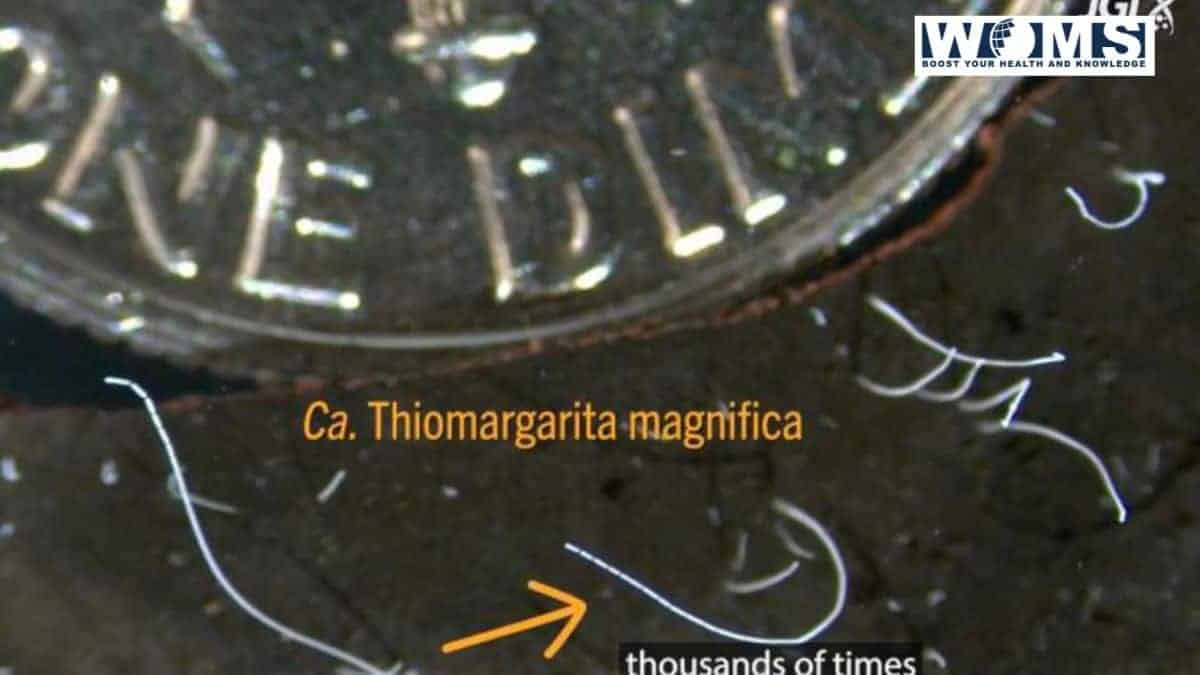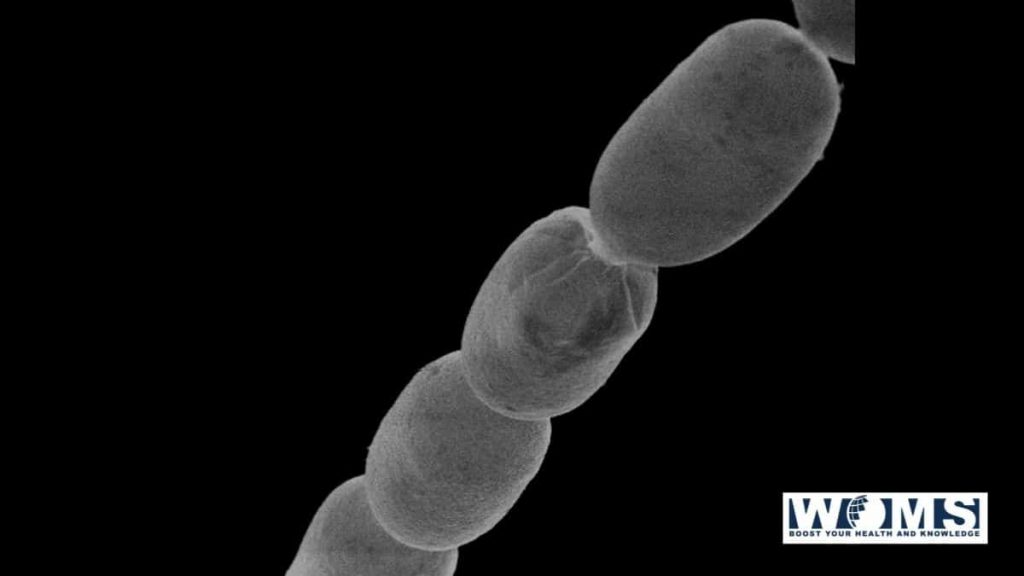Largest Bacteria: Thiomargarita Magnifica

Bacteria are one of the tiny creatures found on the earth. They are usually microscopic that are not visible to the naked eye. But, in a recent discovery, scientists found the largest bacteria equal to the size and shape of eyelashes. They found the largest bacteria in the water of the Caribbean mangrove swamp.
These are the largest bacteria ever found. In addition, it is thousands of times larger than the well-known bacteria of the intestine, E-Coli. Scientists named this bacteria Thiomargarita Magnifica. The literal meaning of this name is sulfur pearl.
Structure of the largest bacteria:
This largest bacteria contains a complex structural organization with quite a predictable life cycle. This, Thiomargarita Magnifica, is about five thousand times larger than the other microscopic bacteria. A closer and more detailed examination revealed the structure of this largest bacteria. Normally, bacteria contain freely floating DNA inside the cells. Whereas, in contrast, this largest bacteria contains well-organized DNA inside the compartments of the cells. In addition, these compartments are properly bounded by the membrane.
Moreover, this largest bacteria contains about three times more genes as compared to other bacteria. It also contains hundreds of thousands of copies of the genome that are widely spread through every cell. There are about 12 million base pairs in the form of a genome. It replicates by the constriction of one end before the splitting of the cell into two. This property makes this largest bacteria more complex than the others.
In addition, this largest bacterium does not contain any nuclei or mitochondria representing the peculiar eukaryotic cell type. Further microscopic investigation revealed that it contains sulfur granules.

How do these largest bacteria generate energy?
Researchers state that these largest bacteria possess bizarre and complicated structures. It possesses different membranes with every membrane containing compartments. These compartments are attached to the membrane. Scientists call these compartments peppins.
Some of these compartments are helpful in generating energy for bacterial metabolism. These largest bacteria can trap energy in the form of nitrates and other chemicals. Thiomargarita Magnifica also has several other compartments resembling human nuclei. In contrast to other nuclei, every compartment of these largest bacteria contains a loop of DNA.
Moreover, every peppin also has multiple structural factories to generate several building proteins from DNA. Every Peppin produced special proteins necessary in its own region. In addition, there are several tiny cells inside every cell. These largest bacteria contain enough supply of DNA to generate proteins. These proteins are also helpful to make these largest bacteria grow bigger than the others.
How do these largest bacteria divide to replicate?
There is a typical method of reproduction for bacteria. Usually, bacteria divide into two twin cells to reproduce. In contrast, these larger, filament-like bacteria prefer budding for reproduction. They bud off in a way to produce a small bud at one end of the parent cell. The smaller bud can then float away from the parent cell creating a totally new and largest bacteria.
Largest bacteria secreting antibiotics
Thiomargarita Magnifica is the largest bacterial species. It is thought that it may contain thousands of smaller bacteria on its outer surfaces due to its enormously bigger size. Researchers state that these bacterial surfaces look pristine. This term suggests that these largest bacteria may secrete some kind of antibiotics to get rid of the smaller bacteria.
Significance of these largest bacteria
The largest bacteria, Thiomargarita Magnifica, belongs to a species of gammaproteobacteria that oxidizes sulfur. These are filament shaped and the largest known bacteria. Their length varies from 10mm to 20mm. They also contain sulfur granules appearing as pearls when light falls on these largest bacteria.
The discovery of the largest bacteria is very important. As it bl3nds the difference between the prokaryotes, primitive single-celled organisms with no nucleus, and eukaryotes. In contrast, Thiomargarita Magnifica being the largest bacteria and belonging to prokaryotes contains cellular membranes that encapsulate the DNA loops. Whereas, the other bacteria contain freely floating DNA as genetic material.
Conclusion
Recently, scientists discovered the largest bacteria visible through the naked eye. Usually, bacteria come under the heading of microbes. But these largest bacteria, measuring in centimeters, equal to the size of eyelashes, are unable to follow the category of microbes. These largest bacteria range more than the length of 9000 micrometers almost equal to a centimeter. In addition, these cells have the capability to grow larger than the theoretical knowledge.
These largest bacteria have several membrane-bounded compartments named peppins. These peppins contain well-organized loops of DNA with hundreds of thousands of genome copies. Its structure offers great complexity as compared to other bacteria. In addition, these bacteria generate their energy in the form of nitrates stored in the compartments. Moreover, they have the capability to produce proteins from their DNA. These proteins are helpful for these largest bacteria to grow bigger than the other bacteria.
Frequently asked questions (FAQs)
Who discovered these largest bacteria, Thiomargarita Magnifica?
A molecular biologist, Silvina Gonzalez-Rizzo investigated these microbes and labeled the largest bacteria as the Thiomargarita family. Because the bacteria belonging to the Thiomargarita family use sulfur to grow. This research was rejected by the journal because of a lack of information.
But after this, a young researcher, Jean-Marie Volland, examined the bacteria and managed to get enough information.
Why is the Thiomargarita family so larger than the other?
Thiomargarita bacteria usually produce in sediments, joining each sediment to grow larger and larger. Moreover, it also depends on the nitrate to grow larger. Usually, they extract nitrates during occasional storms dripping nitrate-rich water.




